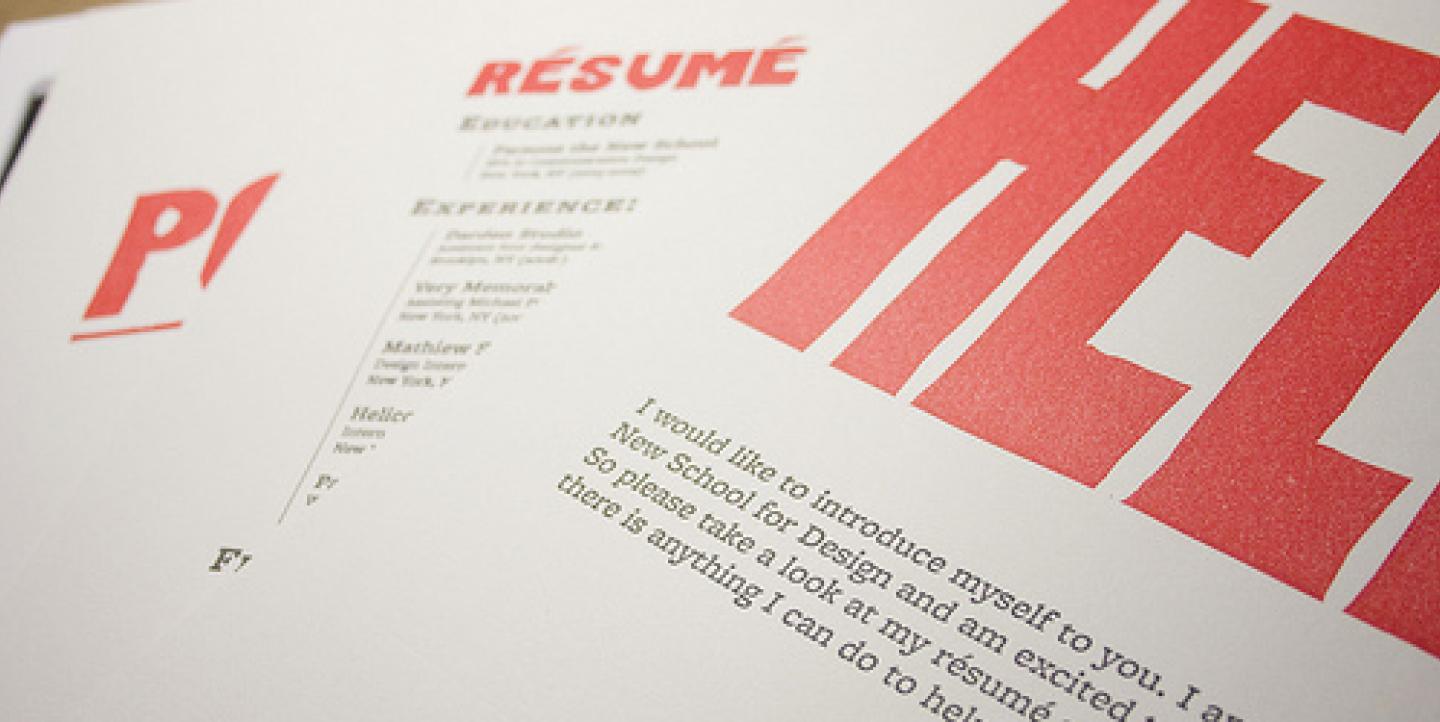You come across the journalism job of your dreams, but the deadline to apply is quickly approaching. If your online portfolio is already prepared, you can immediately show a potential employer your accomplishments as a journalist, plus contact details, with a single link.
Since this will be your first, and perhaps only, chance at creating a good impression, nailing down the details is key. IJNet talked with portfolio site Clippings.me founder Nicholas Holmes, who shared a few tips on how to create an effective portfolio:
Don't be tempted to add all of your clips. "A common problem I see is portfolios that are too large - a page with hundreds of clippings can't do every one justice," Holmes told IJNet. He suggests using between 10 and 20 clips, "just enough to show off the breadth of your work while allowing a potential editor or employer to take it all in fairly quickly." Include subheadings with article titles to increase the likelihood that someone will actually read your clips.
Don't skip the bio. "If you haven't included at least a few [paragraphs] about yourself as an introduction, you've missed an opportunity to make a good impression straight away, before the reader has even reached the samples of work," Holmes said. Aim for about 200 words, and make them count. "No fluff, no buzzwords. Just plain-spoken facts about you."
Keep the design clean and simple. Keep fonts crisp. Avoid Comic Sans and use a 14- or 16-point size to keep it readable, Holmes suggests in a guide he wrote on creating online portfolios. He strongly advises against a Flash-based site (as does the general public) to keep the site mobile- and tablet-friendly.
Multimedia is a must. Of all the portfolios he sees, the best are those that show journalists using multimedia creatively, taking advantage of social media curators like Storify or scoop.it, or even just producing a YouTube video. "Journalism isn't defined by the medium any more, and I think the most employable candidates are the ones that know that and can prove it with the diversity of storytelling methods" they use, he said.
Keep the clicks to a minimum. Holmes cites a rule of thumb from the Washington Post's Emily Ingram: "If you can put a good amount of your clips all on one page and still make it look simple, do it," she wrote in her own series on creating a WordPress portfolio. "Know how annoying it is to go to a newspaper’s website and have to load an entirely new page for each photo in a 50-photo slideshow? It’s the same concept."
Once you create your online brand, take care of it. Perfecting your online portfolio is only the first step. You then have to evaluate its success, tracking its leverage on social media platforms and on Google search, which is often the first reference employers use to find out if you're a legitimate professional.
Holmes mentions BrandYourself, a tool that helps to ensure positive results show up first in Google search. A pro version of Clippings.me also lets you see how popular your clips are on social media, giving you a chance to boost your portfolio with clips that work.
Holmes' guide also includes tips for sharing your portfolio, a number of platforms you can use to build your portfolio and also what not to add to your online showcase.
IJNet Editorial Assistant Margaret Looney writes about the latest media trends, reporting tools and journalism resources.
Image CC-licensed on Flickr via scottkellum.

